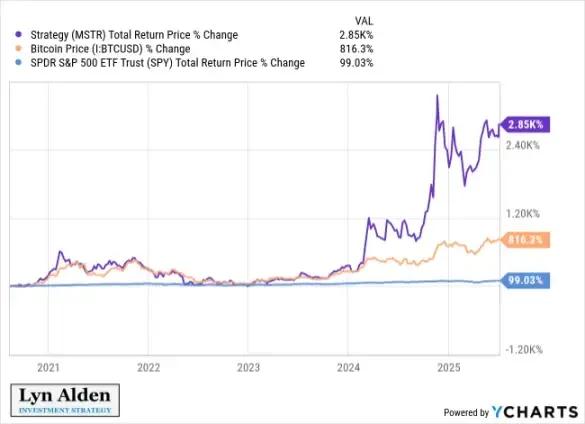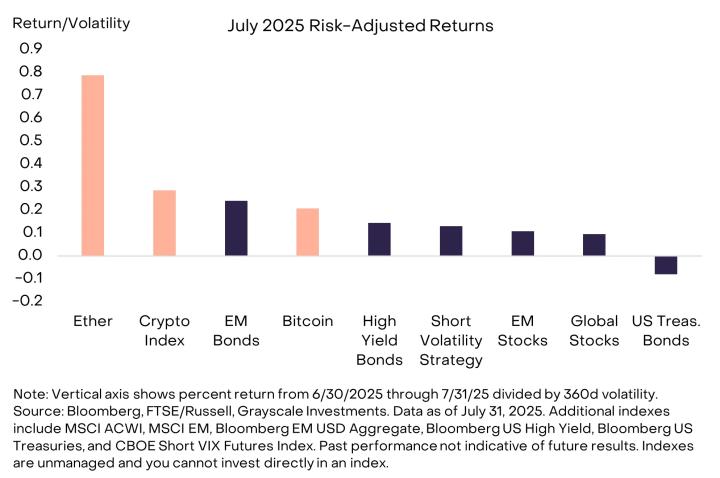Source: cryptoslate
Translated by: Blockchain Knight
VanEck analysts state that in the competition for value storage dominance, Ethereum is steadily becoming a stronger challenger to BTC.
The driving force behind this shift is the increasing popularity of Digital Asset Treasuries (DATs), with global enterprises increasingly favoring Ethereum and BTC as digital asset vault choices.
Initially, BTC was the primary choice for digital asset treasuries due to its fixed supply and perceived stability. However, recent developments have sparked more interest in Ethereum.
Regulatory changes in the United States have highlighted the necessity of stablecoins and tokenization, which are core functions of the Ethereum ecosystem.
This has expanded ETH's utility beyond its original design, with several major brokers and exchanges launching tokenized stocks on the Ethereum blockchain.
Moreover, Ethereum's increasingly enhanced flexibility is seen as a significant advantage over BTC.
VanEck analysts point out that Ethereum offers more possibilities for complex financial strategies, enabling institutions to accumulate ETH more efficiently than BTC.
Through Ethereum's staking functionality, treasuries can earn additional ETH by participating in the network, a revenue source that BTC cannot provide in a similar manner.
Ethereum's transition from Proof of Work (PoW) to Proof of Stake (PoS) has significantly impacted its inflation rate.
According to VanEck data, this transition dramatically reduced ETH's supply growth: from approximately 120.6 million ETH in October 2022 to 120.1 million in April 2024, resulting in a -0.25% negative inflation rate.
In contrast, BTC's supply grew by 1.1% during the same period, making Ethereum's inflation policy more attractive to ETH holders.
BTC's inflation rate decreases by 50% after each halving, making its inflation more predictable. However, the issue is that this top cryptocurrency has long relied on inflationary issuance to incentivize miners.
Last year, BTC miners received massive income from inflationary rewards, totaling over $14 billion.
Therefore, as BTC's inflation rate continues to decline in subsequent halvings, its security model will face increasing pressure and may need to depend on transaction fees or price increases to maintain stability. Without such support, the blockchain network's security could be at risk, potentially forcing significant economic structural changes.
On the other hand, Ethereum's PoS model gives token holders more control over network governance, ensuring that network upgrades and economic policies are more directly aligned with their interests.
This contrasts with BTC's miner-centric governance model, where miners' economic incentives often influence decisions.
Thus, VanEck analysts believe that as Ethereum continues to develop with its more flexible governance structure, it may become a superior long-term value storage tool compared to BTC.







